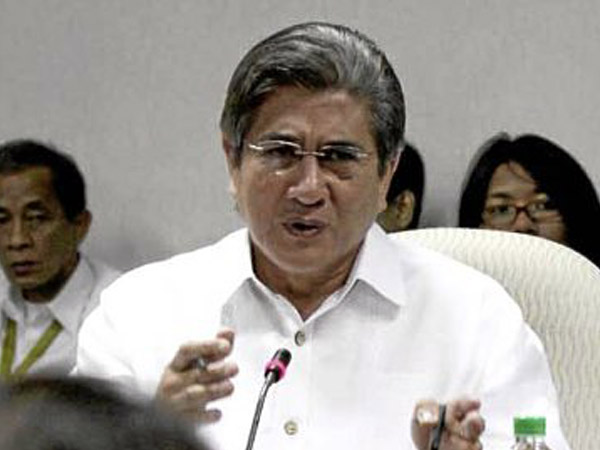Candidates on Edsa 30 years ago: Honasan
Sen. Gregorio Honasan remembers the four days leading up to the peak of the Edsa people power revolution well—he led the military officers in breaking away from the chain of command of the dictator Ferdinand Marcos.
The vice presidential candidate of the United Nationalist Alliance, Honasan said he was part of the steering committee of the Reform the Armed Forces Movement or RAM, which broke away from the Marcos government to lead a military uprising.
Honasan was the chief security aide of then-Defense Minister Juan Ponce Enrile.
On Feb. 22, 1986, Honasan said he was supposed to lead an attack in Malacanang but the plan was compromised when a recruit spilled the beans to the Palace.
Later that day, Honasan would be in Camp Aguinaldo with then-Lt. Gen. Fidel Ramos and Enrile for a news briefing announcing that the military had defected from Marcos.
Article continues after this advertisement“Technically, we’re breaking the chain of command because to our minds then, the government has lost the moral authority and ascendancy to govern… The breakaway was not against any person, not so much about Marcos or any government, as it was more for good government reforms and a meaningful change in system,” Honasan told INQUIRER.net by phone.
Article continues after this advertisementOn Feb. 23, Honasan said he accompanied Ramos and Enrile in crossing EDSA, then already filled with people, from Camp Aguinaldo to Camp Crame, where there would be a single command post.
On Feb. 24, false information was leaked that Marcos had fled the country. Honasan said he accompanied Enrile and Ramos who both spoke to the crowd to share the good news, which turned out to be a false alarm.
On the same day, Honasan also ordered his assault forces to fire on the grounds of Malacanang as a form of psychological warfare to send a message to Marcos. He clarified that he did not order his men to bomb the Palace.
It was only on Feb. 25 when Marcos and his family finally fled.
Honasan said he remembered heaving a sigh of relief—and feeling a sense of hope.
For one, Honasan said he was glad the people power uprising did not escalate into a civil war. For another, he was hopeful that a new government would be installed to restore democracy.
“Nasaan ako nung Feb. 25? Andun sa Crame, and we were receiving this report na umalis na nga si President Marcos, his family, and his official staff,” Honasan said.
“Nasa Crame kami, consolidating our forces and giving instructions… I felt a sense of relief na yung kinakatakot namin na armed confrontation with the civilians in the middle was not going to happen. And a sense of hope, na baka pwede nang mangyari ang pagbabago, real meaningful change, na talagang pinangarap ng buong sambayanan,” he added.
Honasan said he, Ramos, Enrile, or even democracy icon Cory Aquino, who was installed to the presidency after Marcos, should not be seen as the icons of the Edsa revolution.
Honasan said it was the people who led the uprising.
“Hindi pwedeng i-claim yung credit ng kahit na sinong personality or group. It was a providential confluence of people, events, and groups from all walks of life, all over the country and the world,” Honasan said.
Honasan would later lead a series of failed coup attempts against the Cory administration. Honasan reportedly planned the deadliest coup attempt in Dec. 1989 when soldiers attacked Malacanang.
Honasan is running in the vice presidential race against Sen. Ferdinand “Bongbong” Marcos Jr., the son of the former president. JN
